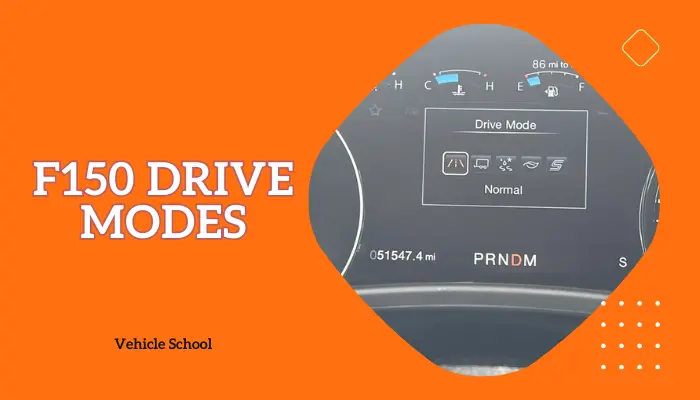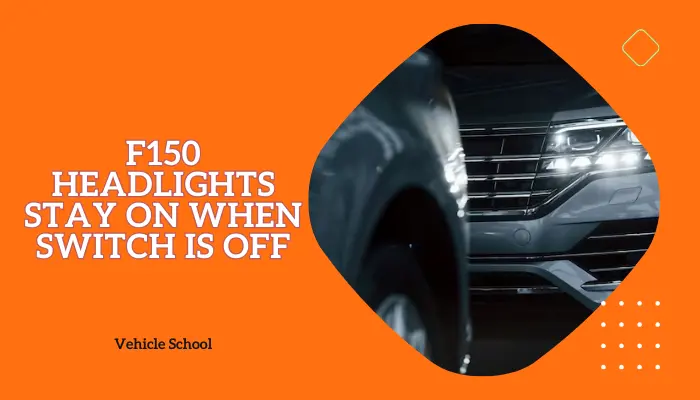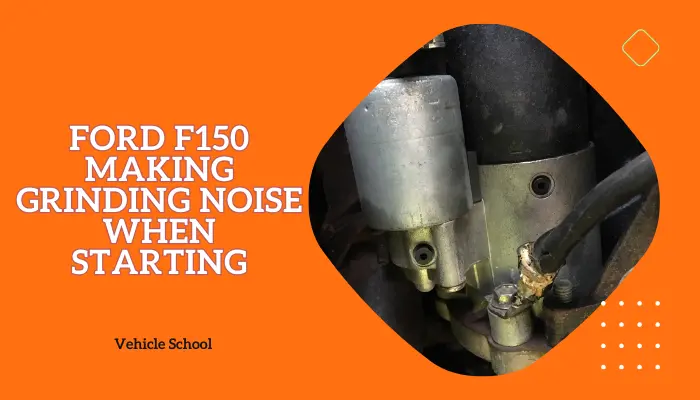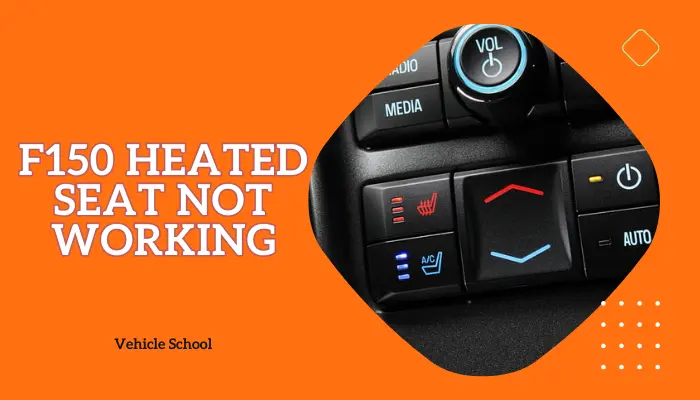Your parking brakes are great for safely keeping your F150 on a steep hill or a similar surface. But what do you do when they don’t seem to release, no matter what you do?
I’ll help you figure out why your F150’s parking brakes aren’t releasing and how to fix them. Let’s get started.
Why Won’t Your Ford F150 Parking Brake Release?
The parking brakes in your F150 won’t release because of rusty brake parts or problems with the actuator. These can cause the brakes to jam, and sometimes even brute force won’t get them unstuck. To fix it, you’ll have to clean the whole assembly and, in the worst-case scenario, replace some parts.
Additionally, if your electronic parking brake system is in really bad condition, you might also get the park brake fault service now Ford F150 message.
Now, let’s talk more about the root causes so you know how to better prevent the issue.
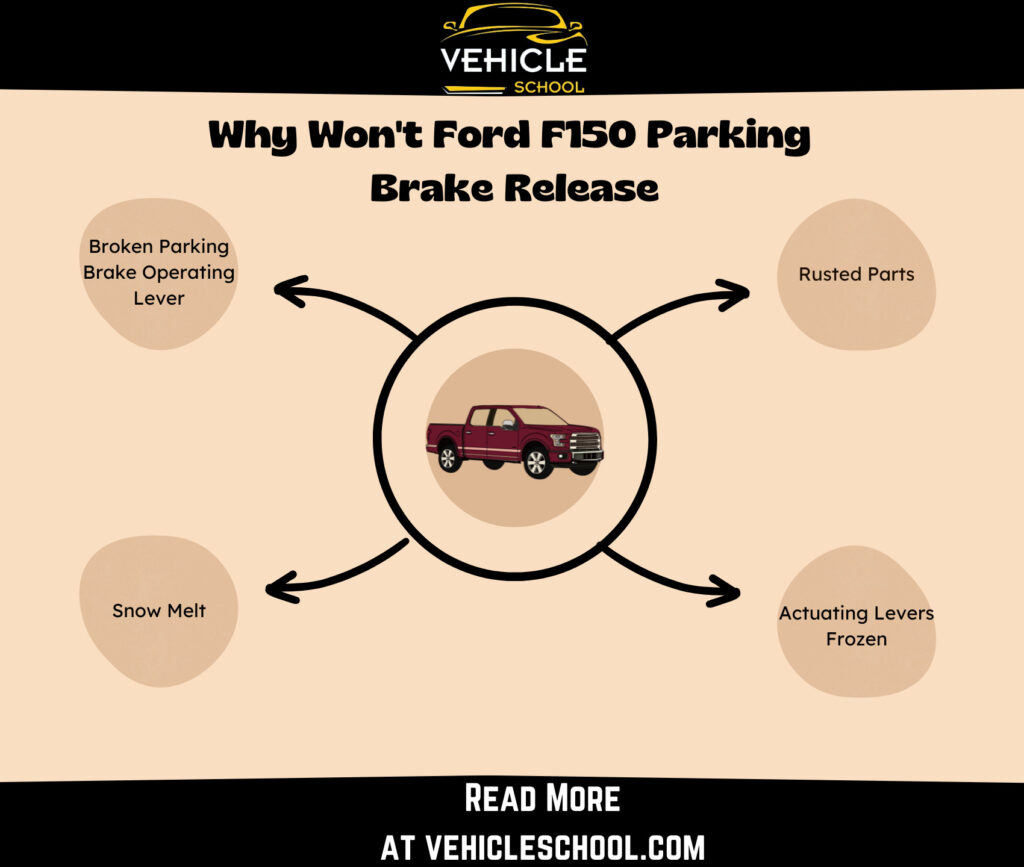
1. Rusted Parts In Brake Mechanism
Rusted parts like rear brakes, rotors, and e-brake shoes are common, especially if you live in a humid area or where road salt is used in winter.
These parts are made of metal and get exposed to moisture and salt, which speeds up rusting. When rust builds up, it can cause the brake parts to seize and stop moving freely.
Since the parking brake isn’t used often, rust can accumulate without being worn off by movement.
This can make it hard for the parking brake to engage or release properly when you need it.
2. Actuating Levers Of Your Parking Brake Are Frozen
Actuating levers, which help the parking brake work, can freeze up if you don’t use the parking brake regularly.
When these levers sit unused, rust and corrosion can build up, causing them to stick in place.
If the levers are frozen, they can’t move the brake shoes against the rotor or drum properly.
So, even if you pull the parking brake lever inside your car, the corroded actuating levers don’t transfer this motion, keeping the parking brake stuck on or off.
3. Broken Parking Brake Operating Lever
The parking brake operating lever is important because it turns your action into the mechanical movement needed to engage or disengage the parking brake.
If this lever breaks, often due to rust weakening it over time or too much force being applied to a stuck mechanism, the parking brake won’t work.
A broken lever can leave the parking brake stuck in its current position, either engaged or disengaged.
4. Snow Layer In Brake Drums
When snow melts on the rotor or top hat and then refreezes inside the drum, it can cause big problems.
The heat from braking or warmer temps can melt snow, but when it refreezes, it creates a solid ice layer inside the drum.
This ice can block the brake shoes from retracting, even if everything else is working fine.
The refrozen ice acts like glue, sticking the brake parts together and stopping the parking brake from releasing.
This is common in places with fluctuating temperatures, where freeze-thaw cycles happen often.
How To Disengage A Stuck Parking Brake On Ford F150?
Here are the fixes for your F150 parking brake not releasing. Doing both of these should help you out with the snow issue as well.
1. Clean The Brake Assembly
You’ll need some high-quality lubricants for this.
- Turn on the ignition without starting the engine.
- Push the parking brake switch forward and hold the gas pedal.
- Cycle ignition off/on until ford park brake maintenance mode is indicated.
- Jack up the F150, secure it with stands and remove the wheels.
- Remove the caliper bolts using a 14-mm socket, and hold the guide pin with a 17mm socket.
- Remove caliper.
- Pry out old brake pads.
- Clean caliper guide pins and apply fresh grease.
- Compress the caliper piston using a compressor tool or C-clamp.
- Reinstall brake pads.
- Clean the rotor surface with brake cleaner and rag.
- Inspect the rotor for damage or excessive wear.
- Reinstall the caliper, and torque bolts to the specified value.
- Exit maintenance mode: Pull the parking brake button, press the gas pedal, and cycle ignition off/on.
- Press the brake pedal firmly to remove air gap.
- Test your brakes before driving.
2. Clean And Replace Damaged Actuators
- Remove rear wheels, tires and centering rings.
- Detach ABS wire from studs.
- Remove differential cover bolts. Pry off the cover with a flat screwdriver.
- Scrape off old sealant from the cover. Clean surface.
- Remove rear brake calipers and brackets. Depress the caliper piston with a C-clamp.
- Remove rotor. Adjust rear shoes if needed for easier removal.
- Remove the differential pin. Slide axles inward to remove shafts.
- Wipe down axle shafts. Remove the parking brake cable using vice grips and remove the spring clip.
- Depress tab on cable. Slide out the old parking brake actuator.
- Check your parking brake operating lever – refer to the brake diagram to find where it is in the brake pedal assembly.
- Clean actuators thoroughly with brake cleaner and rag.
- Apply fresh grease to caliper guide pins before reinstalling.
- Check for actuator damage or excessive wear.
- Reassemble parking brake assembly. Reinstall on F150 to test.
- If problems are found, disassemble again.
- Install a new actuator. Slide through the backing plate. Reinstall cable.
- Reassemble assemblies on both sides. Reinstall axles, pin and rear brake parts.
- Torque bolts to specified values. Reinstall wheels and torque lug nuts to 150 ft-lbs.
If your problems still persist, you might need to check out this Check Brake System Ford F150 Guide.
Final Thoughts
That should make it safe for you to use your parking brakes in peace again.
Just remember, these e-brakes can come in handy, so don’t let them break again. Most people usually end up with stuck parking brakes because they don’t use them often.
If you still notice that your F150 parking brake light stays on, that’s a different problem.

